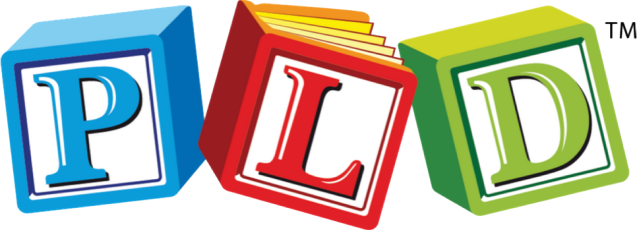It is important to take the opportunity prior to the beginning of a new school year to reflect on what programs have best-served students within your school. As part of this process, educators should be guided by the Science of Reading research and perhaps take the time to investigate alternative evidence-based programs. Within this context, PLD has summarised the current research of some of the most credible and influential professionals within the realm of literacy.
There is no doubt these readings will be confronting for many schools, especially those that are widely implementing processes that are more aligned with the whole-language approach, instead of evidence-based structured synthetic phonics programs to teach students how to read.
It is my hope that these two readings will direct schools to begin the implementation of assessments and programs that align with the current gold-standard approach to teaching reading; Structured Synthetic Phonics (SSP).
- Reading 1: The difference between decodable and predictable books and when should they be used?
- Reading 2: NSW introduces Decodable Readers into their National Literacy and Learning Progression.
Alternatives to the Whole-Language Approach and Balanced Literacy Approaches
What are evidence-based alternatives that draw from an SSP base? The recommendations below prioritise making initial changes in the Junior Primary when students are first learning to read because gains are always greatest in the junior primary. Researchers concur that if students do not get off to a positive start in reading, many do not catch up (even with extra funding and special programs). For this reason, the suggestions below focus upon the critical initial phase in which students are learning to read, and who require quality reading material and time-efficient evidence-based assessments.
Suggestion 1: Plan to phase out junior primary whole-language reading books (e.g PM Benchmarking) in favour of decodable reading books (for home reading and in-class shared reading).
The research clearly states that decodable reading material is essential for all students in the early phase of reading. Read more about why decodable reading books are superior to whole-language books when learning to read here.
Step 1: Conduct an audit to determine:
- What decodable reading books are available in the school?
- Where are the decodable books located? Are they in the literacy support room or accessible to general classrooms as well?
- Is there sufficient stock of decodable reading books to support in-class and home reading over the full school year?
Step 2: Plan to phase out whole-language reading books. This phasing out may take up to three years.
- Option 1: From Term 1 next year, junior primary students could be supplied with one decodable reader and one whole-language reader.
- Option 2: In the school year following, Foundation classrooms could be equipped with decodable reading material and in in the next year again, Year 1 reading material could be upgraded.
- Option 3: Schools may initially upgrade the home reading books and in subsequent years upgrade the shared reading material.
In terms of decodable readers, there are a range of options. A cost-effective option to establish, supplement or extend your school’s current books may be the PLD range. Please read this article on how decodable reading books function within the PLD process or go here to see our sets for Foundation, Year 1 and catch-up reading books for older students still requiring decodable reading books. If purchasing decodable reading books are not a viable option at all, read this article on using dictation passages for at-home decodable reading material.
Suggestion 2: Establish a plan to phase out PM Benchmarking and Running Records & utilise evidence-based assessments.
PLD’s Early Reading Screen presents an evidence-based alternative to whole-language type reading assessments. It is a quick single-word reading assessment. The screen presents words that gradually increase in length and phonic complexity. The progression reflects PLD’s structured synthetic phonics teaching sequence. The assessment takes a couple of minutes per student to present and should be used to determine the level of decodable reading books that are required for home and in-class shared reading, as well as to track student progress.
The early reading screens are located in the Screening & Tracking Manuals below. The screens are designed to be used in the initial two or three years of schooling when students are first learning to read. Educators administering the screen record the student’s percentage of accuracy for each level (exercise) while rating the level of automaticity observed. The screen is designed for students who are starting to read in the Foundation school year and should continue to be administered at regular intervals (e.g. each term) in Years 1 and 2, or until students are able to read all words accurately and automatically. Most students typically reach this point by the end of Year 2. However, older students still operating at a junior primary level will also benefit from the effort of teachers to track their development and to match decodable reading material to their exact level of operation.
Suggestion 3: Phase-in annual standardised reading age assessments to track progress.
When presented annually, such measures indicate if students have made their 12-month minimum increase in reading ability. ACER has a range of standardised reading assessments available. End-of-year standardised assessments will provide useful information for reports, accountability, and for the school to determine how successful their reading programs and resources were over the prior year. This spreadsheet contains a school-wide standardised testing tracking sheet.
Schools can begin making plans to adopt evidence-based programs at any time of the year. If PLD can be of any assistance with making these schoolwide pedagogical shifts, please do not hesitate to contact mail@pld-literacy.org



 print
print